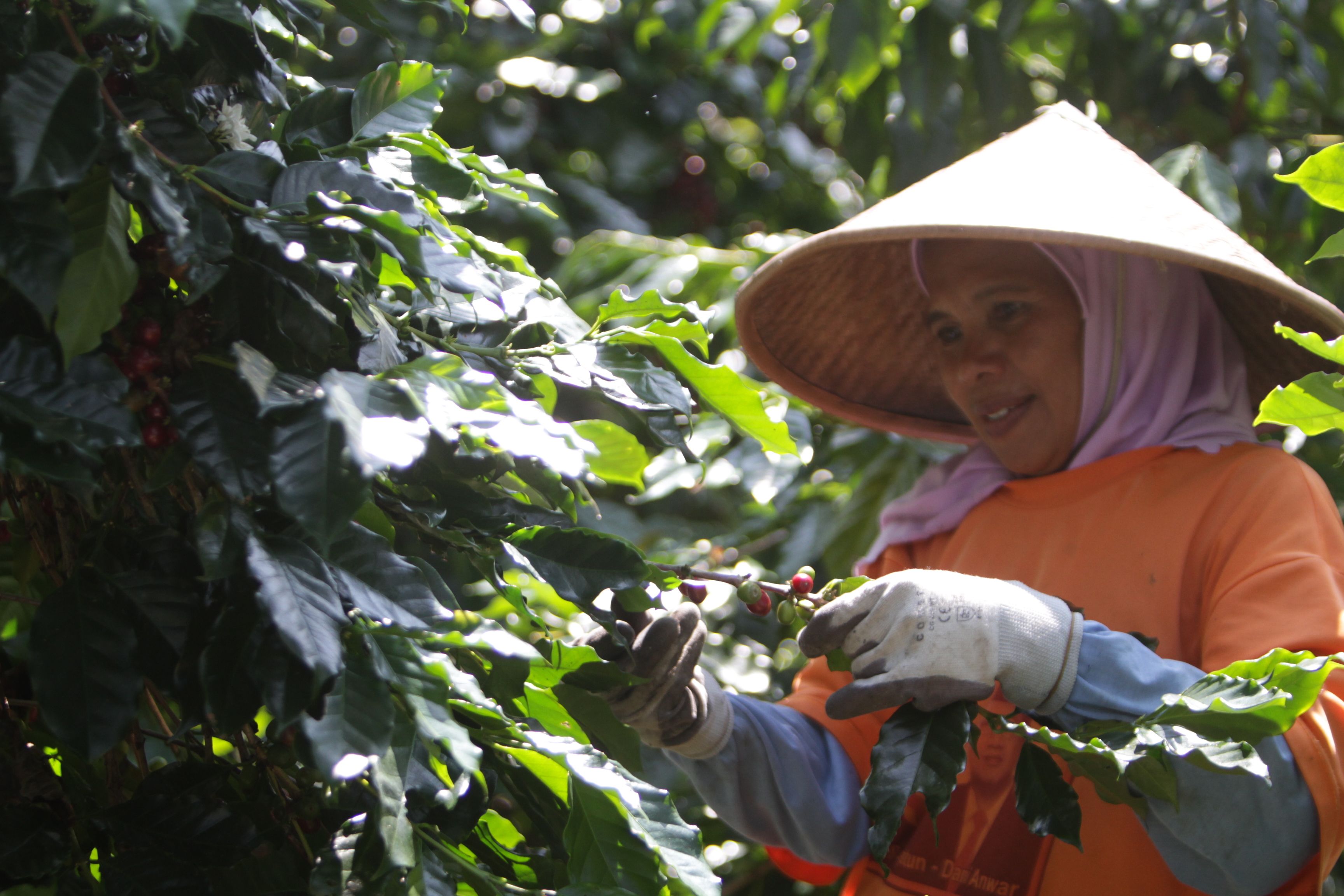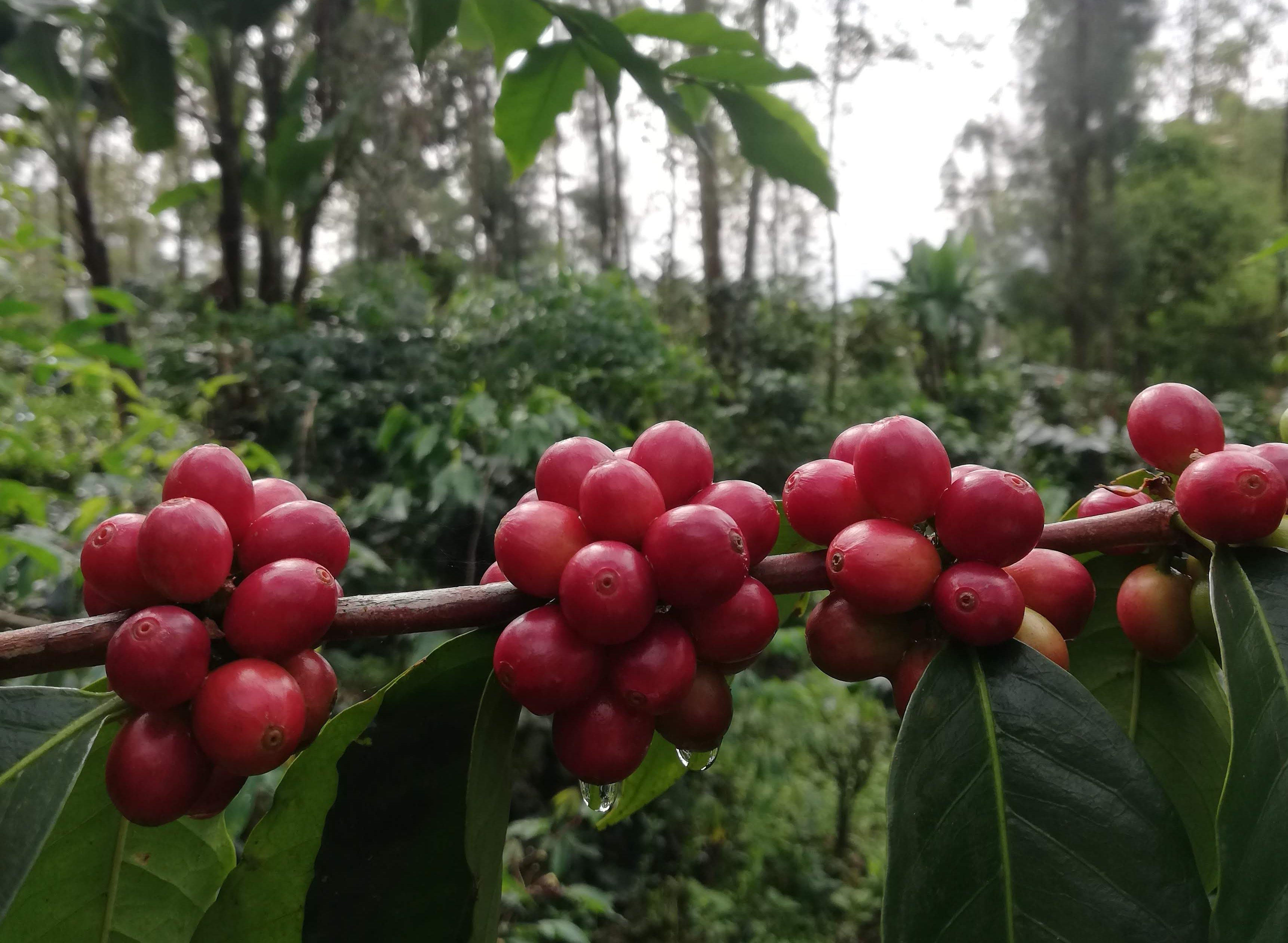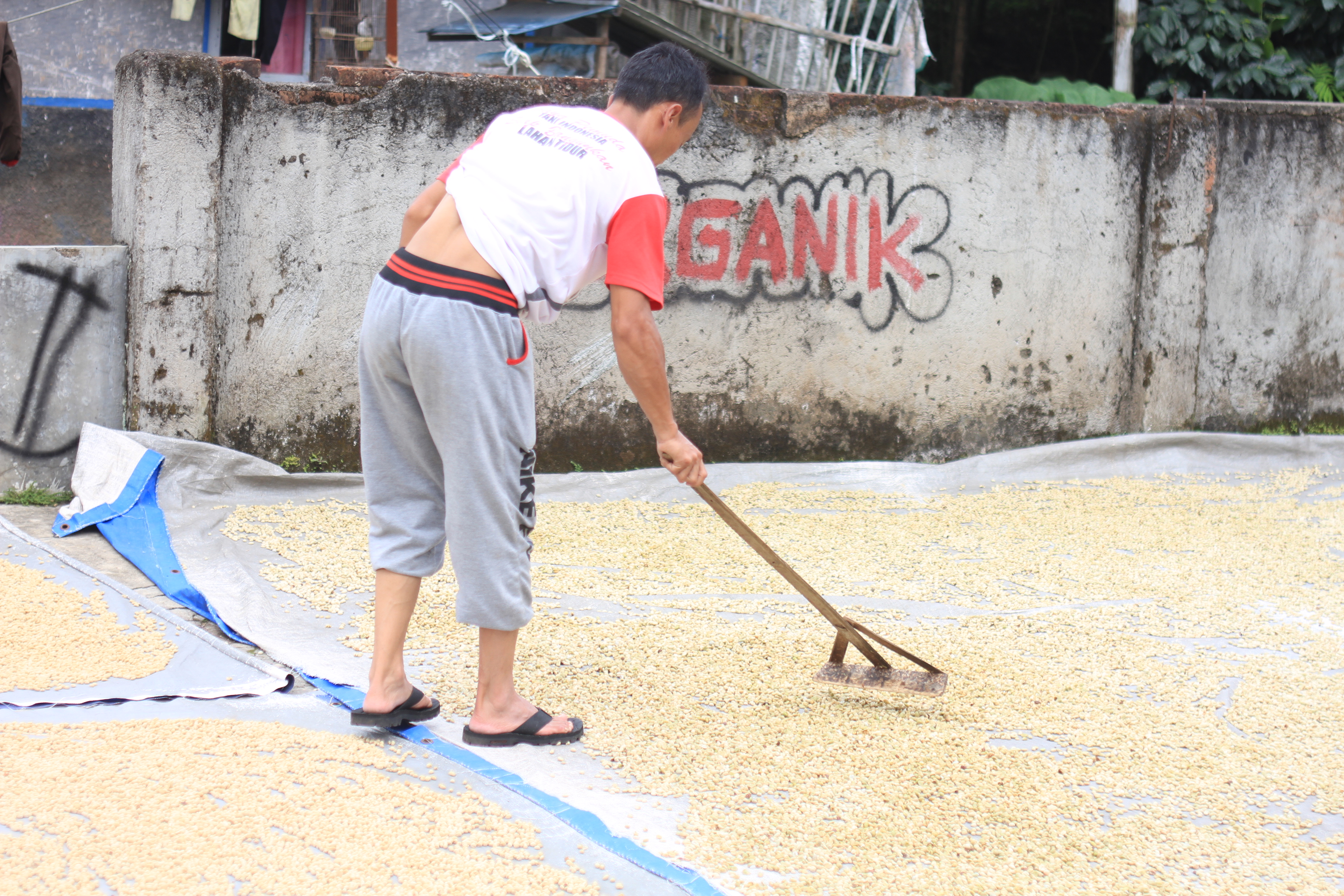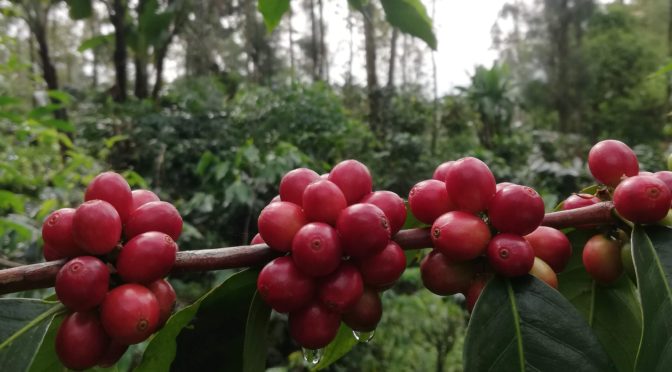Coffee is undoubtedly one of the most consumed, enjoyed and savoured drinks of any in the world. Although the humble cup of tea tops the “most drunk” league table, our beloved cup of Joe provides an undeniable boost that many of us mere mortals rely on to plough through the day. Indonesia is no exception. Whilst finding my feet in Java, I was offered glass upon glass of “kopi tubruk”, the most common iteration of coffee found in West Java. Little did I know that I was drinking some of the best in the world, and I practically had it on tap.

Freshly roasted, organic and Wildlife Friendly™, the coffee grown in the agroforest environment of Cipaganti and Pangauban deserves to have its time in the spotlight. So this year, LFP are embarking on the learning curve of a lifetime and bringing this coffee to the main stage. And we want to take you along for the ride.
First of all, what is coffee? You might be thinking, “that sounds like a very silly question considering she’s just banged on about how popular coffee is for the first paragraph of this blog”, but before you take a smug sip of your morning brew, I challenge you to imagine what coffee looked like before it arrived in your Nespresso pod. Nope, before the roasted beans as well. Tricky isn’t it?
The coffee beans we all know and love are actually the seeds of coffee cherries. Twice a year, these cherries are hand-picked specifically for the two, magic seeds that lie in each one of them. These seeds are then dried, washed and processed to produce what are known as “green beans”. These are the real stars of the show, each with a distinct flavour depending on how they were washed, how long they were left to dry and whether they went through a funky fermentation process.

The green beans are what are sold to roasters all over the world, from tiny, speciality roasters to the big boys like Starbucks and Costa. The head coffee farmers of Cipaganti and Pangauban, Pak Ajum and Pak Jan Jan, are passionate coffee processors and as a result, produce green beans in all manners of ways. Although these methods are second nature to them, to the coffee connoisseurs over in our neck of the woods, Pak Ajum and Pak Jan Jan are at the cutting edge of coffee processing. This is where things get exciting.

We are now at the stage where we are getting our coffee “cupped”, coffee lingo for testing the quality of green beans. Their beans will be roasted, tasted and subsequently scored on a whole range of factors, from water content to acidity. The cupping score of the beans dictates where the coffee can then be sold; is it destined for the cups of hipsters or for the shelf of one of our funders’ zoo gift shops?
Only time will tell…

